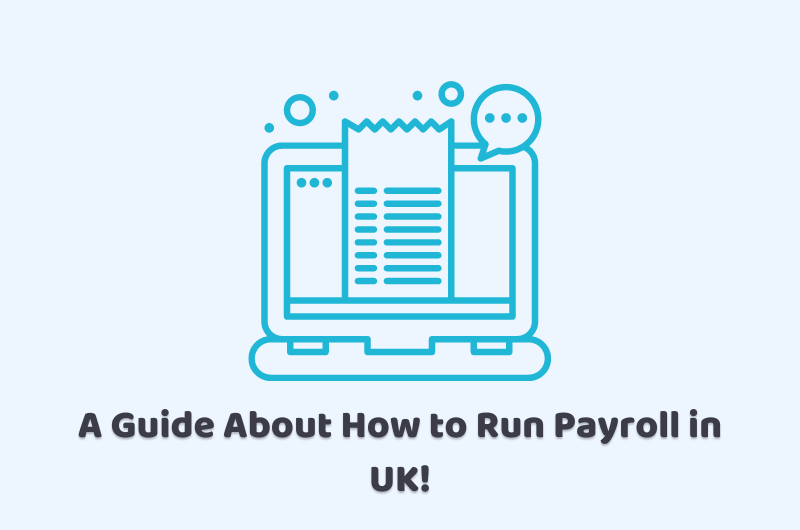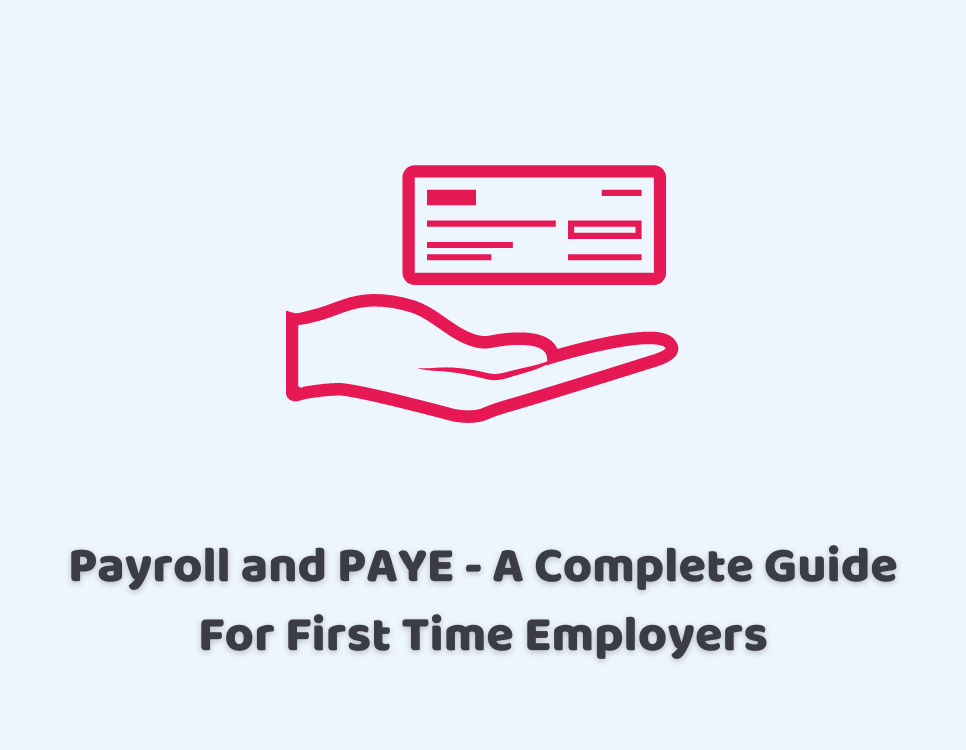
24/01/2023Payroll & PAYE
When you are in the role of an employer in the UK and you aim to run the payroll on your own, there are certain requirements that you need to fulfill before you do it. The prior most thing to understand is how to run payroll. When you are experiencing giving payment to your employees for the first time, you consciously need to be aware of the facts about when to pay your employees and how to pay. Employing the staff and paying them will directly require running the payroll system. There are several options for accounting forms that can offer help in this regard. However, you still require to know better how the payroll system works.
Regardless of your decision of doing your payroll on your own internally or outsource help from the accounting firms, the key factors you must be aware of include how you define the payroll, how you set up the payroll, how to run it, how to manage tax reporting using the payroll, benefits or deduction, and what is the amount that you should be paying to your employees. Further, this post will guide you to develop a better understanding of payroll basics, how to define it and how to run it on your own.
Talk to our best accountants and bookkeepers in the UK at CruseBurke. You will get instant help about how to run payroll in the UK whether you are running a small or large business.
What is Payroll?
In simple words, the payroll is a kind of document that has the details of your employees and what is the amount of their earnings. Moreover, the real process of paying the employees is done under the payroll. The management of employees’ pay is done through it. The process of payroll includes the following listed factors:
- Maintain a record of financial details
- Paying the national insurance and tax of the employees
- Making the calculation of the time when the employee has not worked like maternity leave, other holidays, and sickness
- Management of the benefits and bonuses
- Calculation the wages of employees and then issuing them
Even when you take the instance of small businesses, management of the employee’s wages, calculation and issuing is quite a lot of work. You will have to ensure the facts like accuracy and dependability. This is the reason the businesses choose to outsource the services of a specialist to do this job so that they can rely on the accounting skills and there are no mistakes made in the record. This becomes mandatory for any kind of business when they hire employees. Even in the case of the director being the only employee, you will have to run the payroll.
How to Run Payroll for Your Business in the UK?
The first thing you are required to do is get registered with HMRC as an employer before you plan to set up the payroll for your employees. You will receive the PAYE reference number. It is imperative to mention here that you will also receive the PAYE Accounts Office Reference, these two are not the same. However, both of them will be required to the process of filing the data of payroll with HMRC. Once you are done with this part of the process, now you have to make a decision about whether you want to outsource the accounting services to run the payroll or you want to do it internally. In the following, there is an explanation of how to run the payroll step by step.
1- Get Registered as an Employer
The most important thing to do first when you are in the role of an employer is to get registered with HMRC. You will receive a PAYE login after this step.
2- Select Your Software for Payroll
Now since you need to record the detail of the employees, you will need the software for payroll. So the next step is to choose the suitable option of payroll software for your business. This will help you to calculate the amount and make the required deduction. You are then good to go with informing HMRC about these details.
3- Gather the Information to Keep the Records
One of the important steps is to gather the required information and then maintain a record of this information. The information that you must require includes notices of tax codes, leaves of the employees, the employee absence due to sickness, taxable benefits and expenses, payroll documents, and report that you make for HMRC.
4- Inform HMRC About the Details of Your Employees
Before you plan to move to the steps of recording the details of the employees, you will have to get in touch with HMRC and inform them about your number of employees and the new hires.
5- Record the Details of Salary and Make Deductions
Now you need to make a record of the wages paid to the employees and make the required deductions. Inform HMRC about this. Do it before or on payday.
6- Finally Pay What You Owe to HMRC
The final step requires paying HMRC. This involves the payment of national insurance and tax that you owe to HMRC.
The Bottom Line
Now that you have gathered a fair amount of information about how to run payroll in the UK, we can bring the discussion towards wrapping up. Whether you plan to run the payroll internally or to outsource the services of any accounting firm, it is important to keep error-free records to avoid any unfavourable circumstances in the future. This will allow a smooth system of paying wages to your employees in a hassle-free manner.
Are you seeking professional help to know how to run payroll in the UK for a small business? Why not get help from the experts at the CruseBurke? Talk to us now and we will get back to you instantly.
Disclaimer: All the information provided in this article on how to run payroll includes all the texts and graphics. It does not intend to disregard any of the professional advice.


